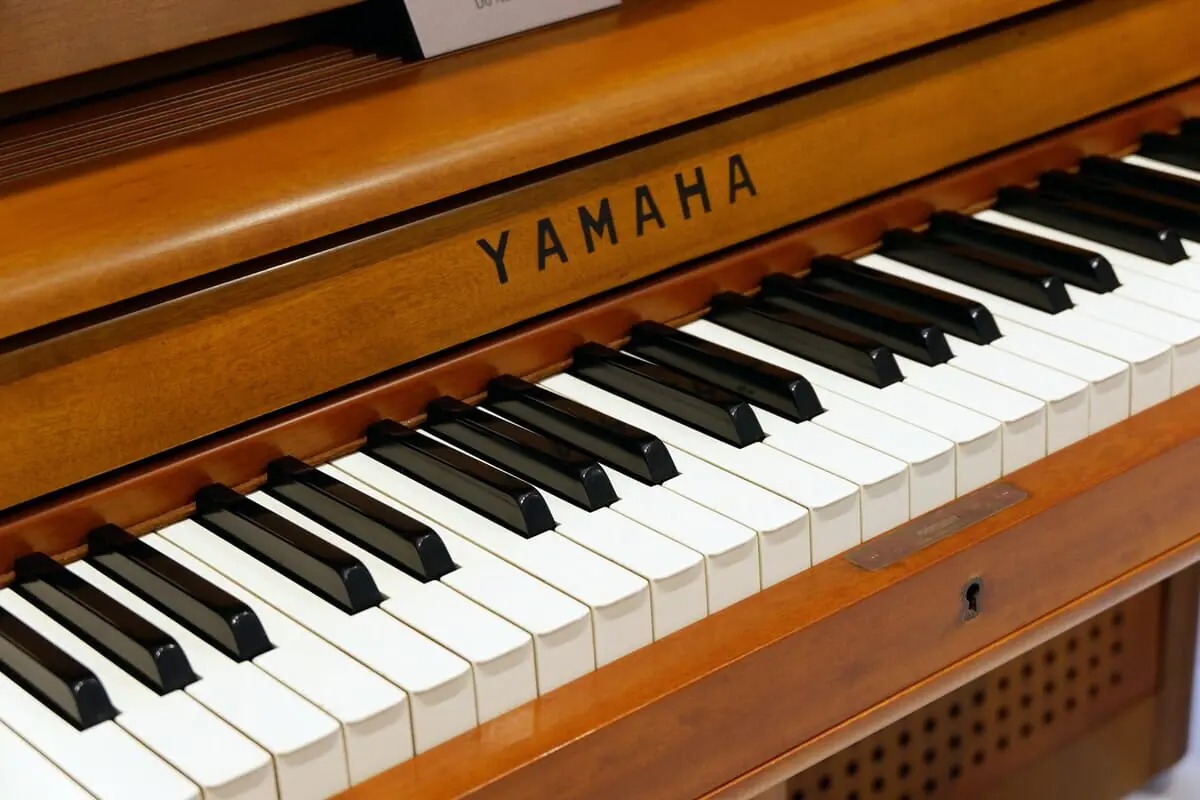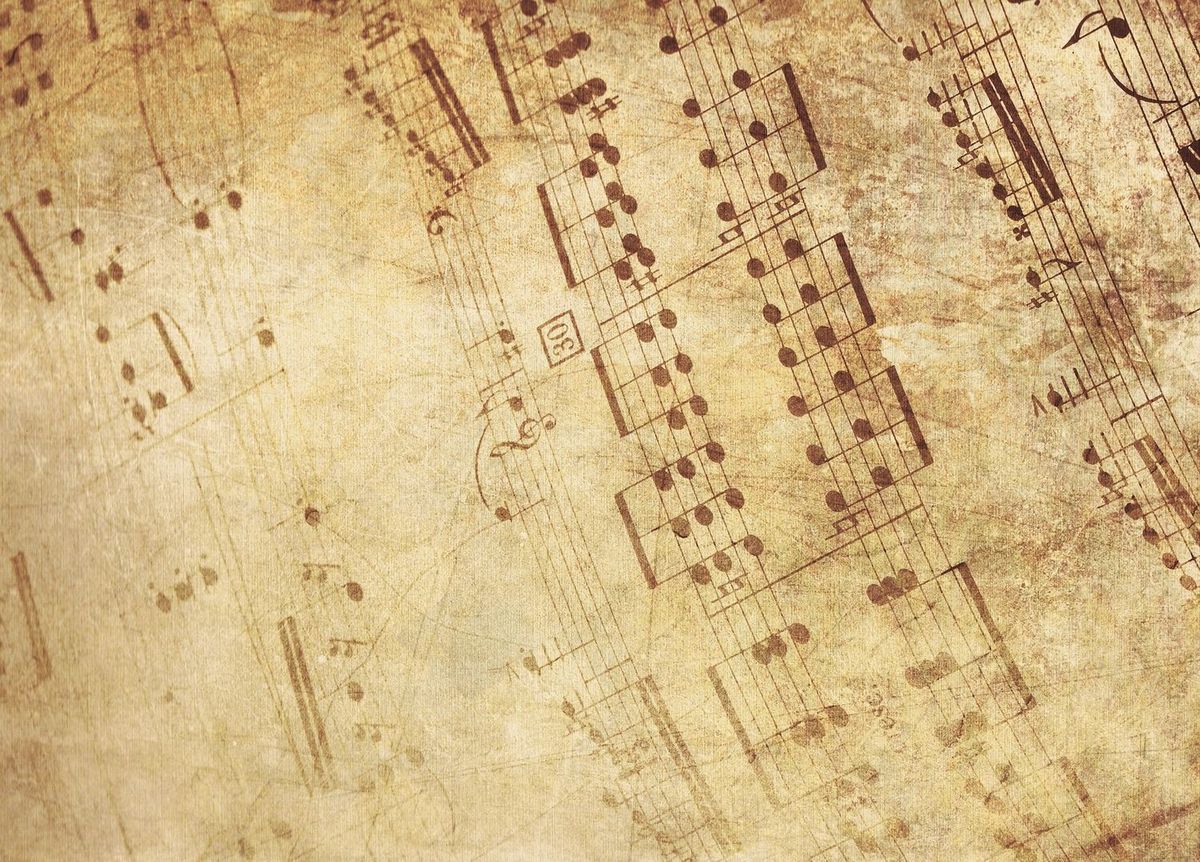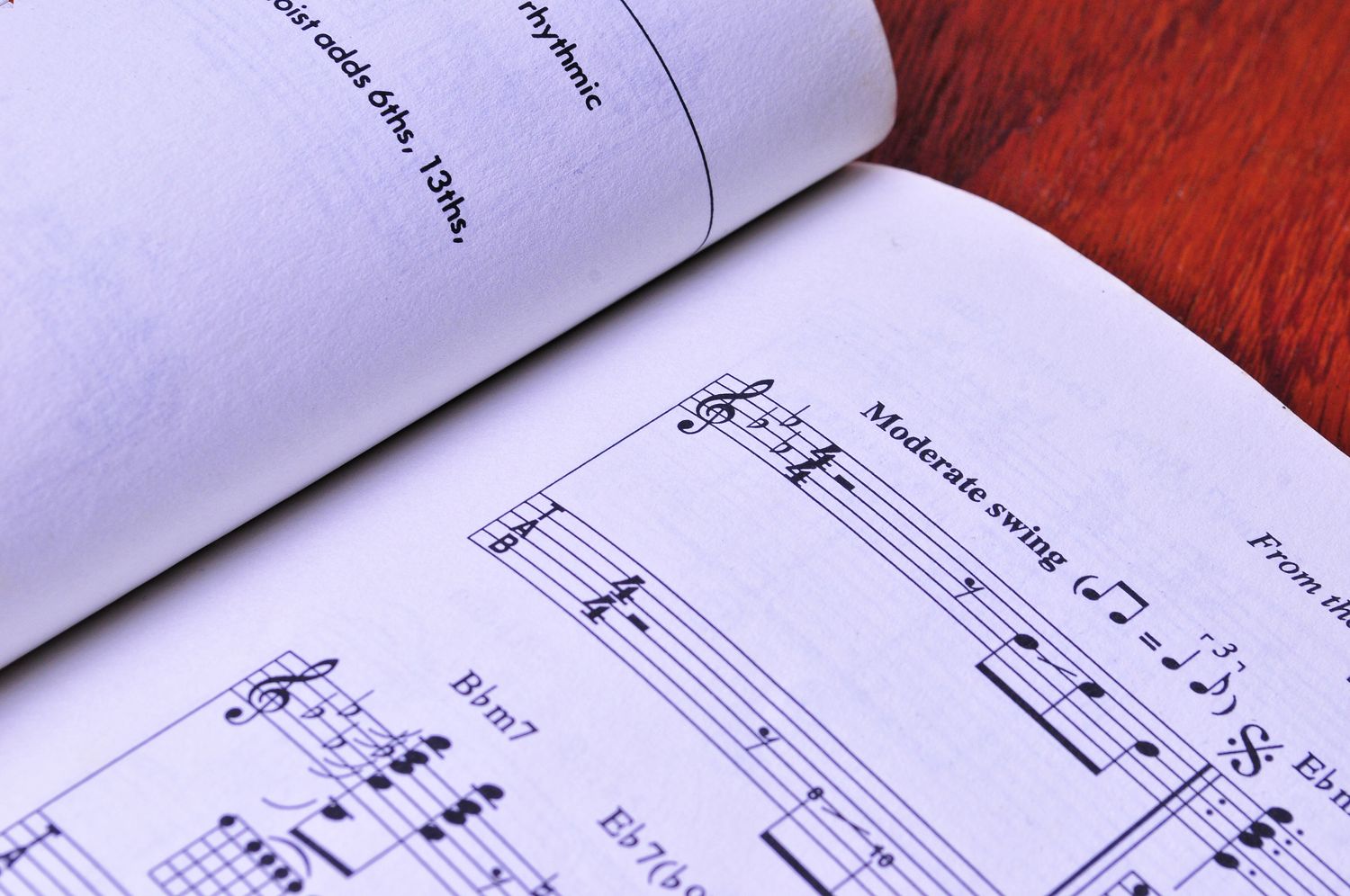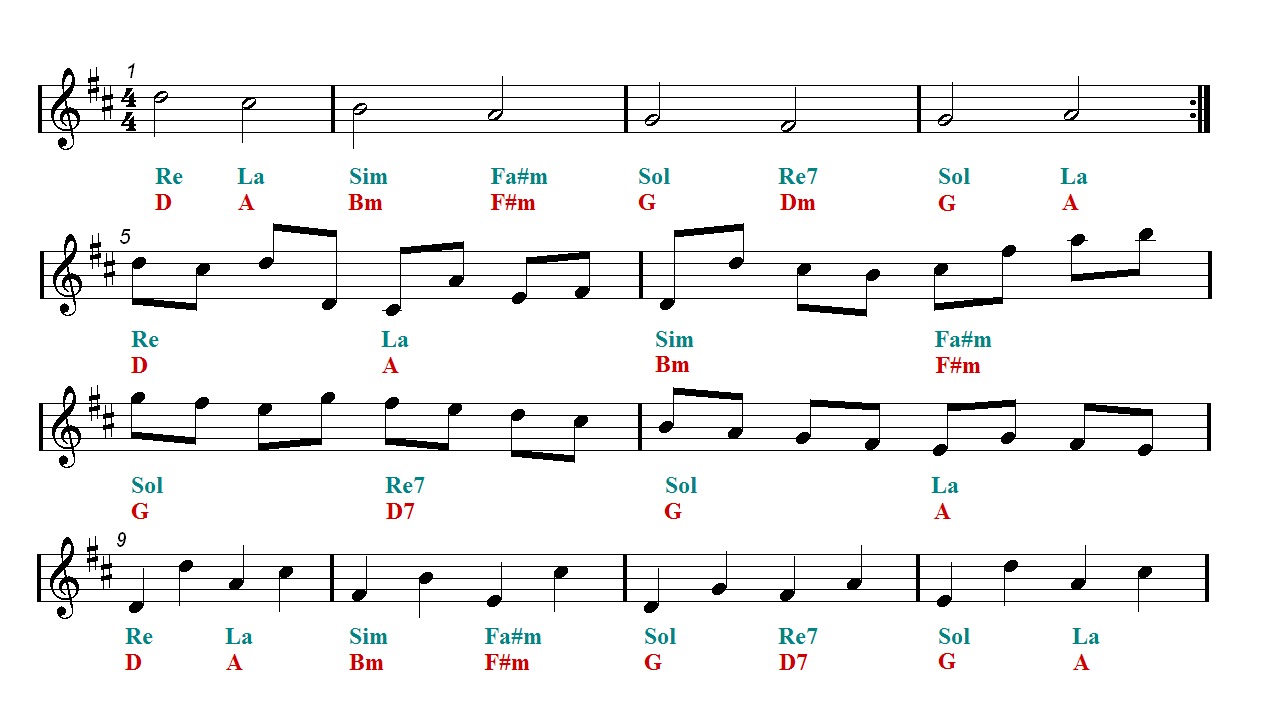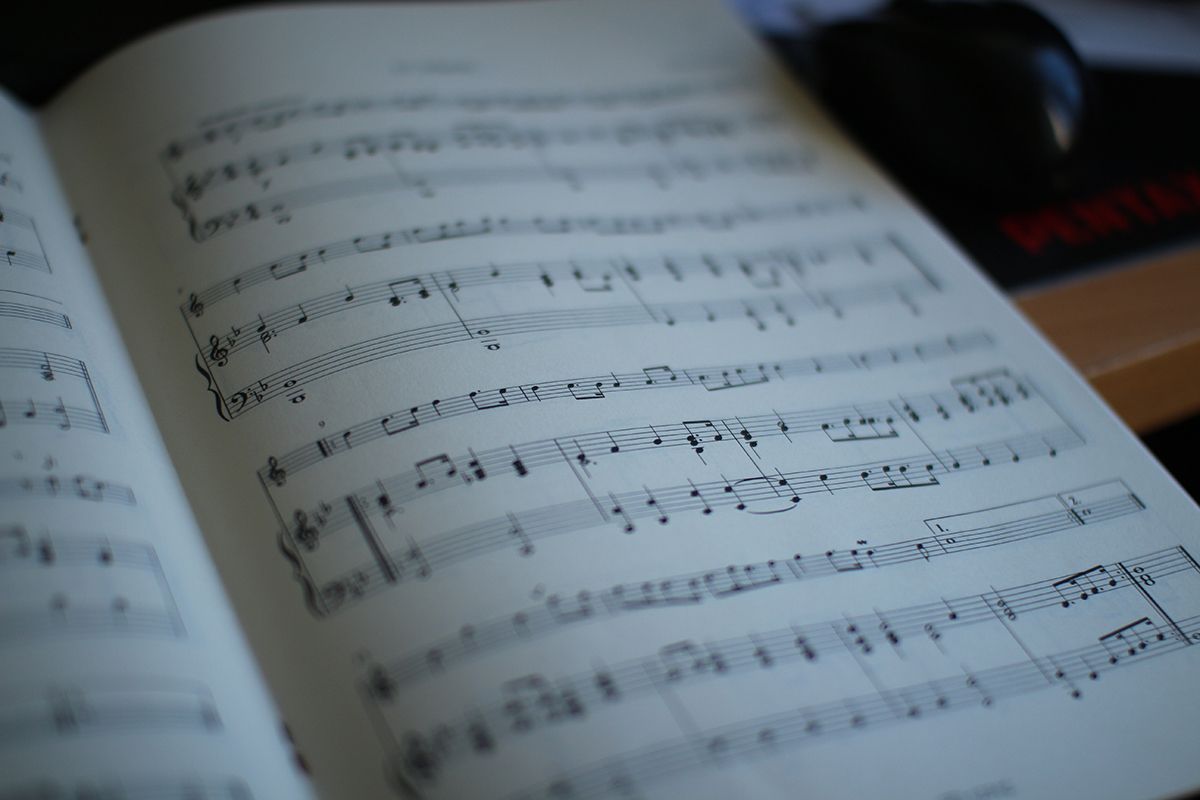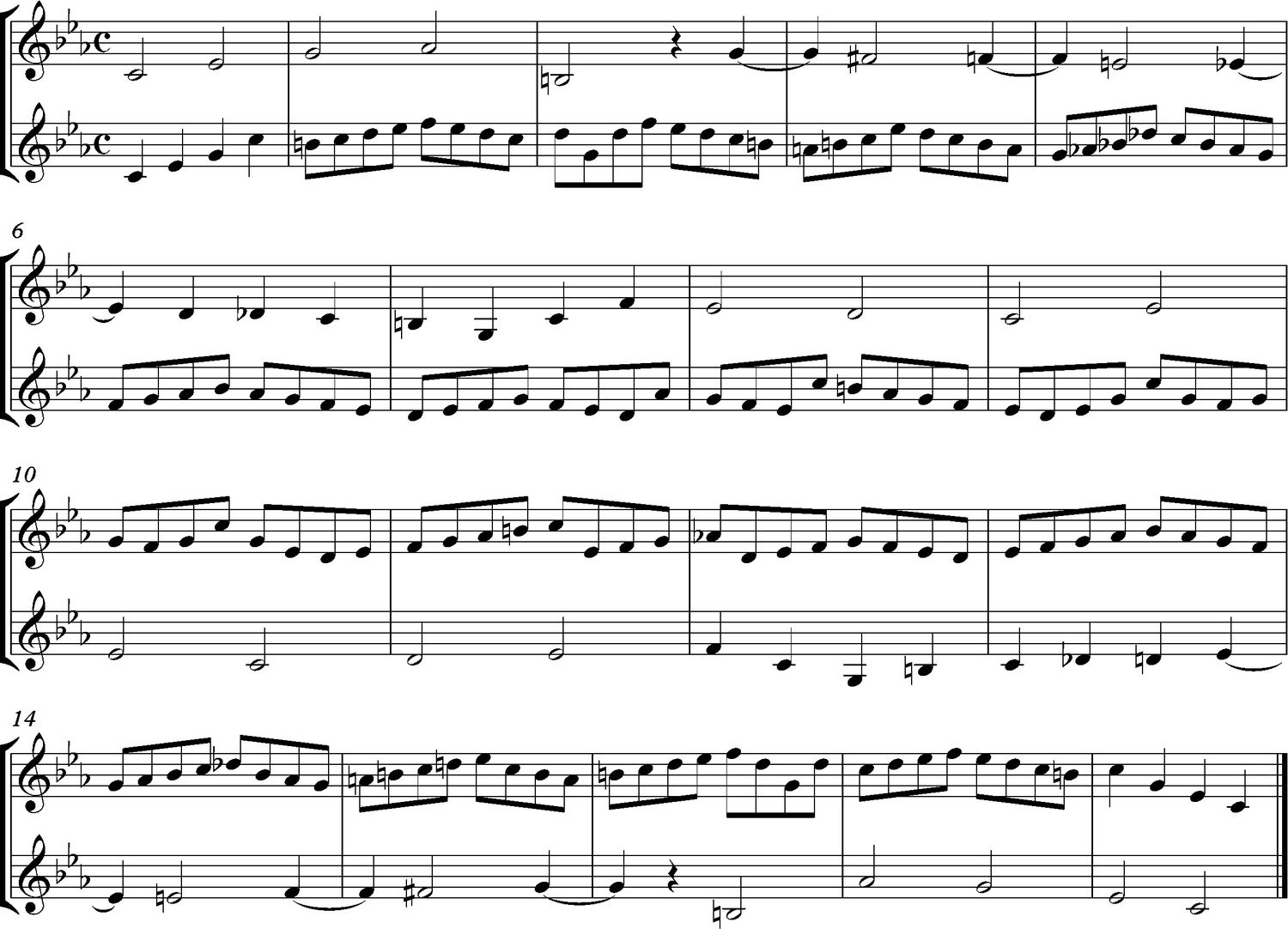Home>Production & Technology>Music Theory>Music Theory What Is Minor And Major


Music Theory
Music Theory What Is Minor And Major
Modified: February 9, 2024
Learn the difference between minor and major in music theory. Understand the significance of these scales in creating different moods and emotions.
(Many of the links in this article redirect to a specific reviewed product. Your purchase of these products through affiliate links helps to generate commission for AudioLover.com, at no extra cost. Learn more)
Table of Contents
Introduction
Music theory is the foundation of understanding and creating music. It provides a framework for musicians to analyze, interpret, and compose music. One of the fundamental concepts in music theory is the distinction between minor and major.
Minor and major are two different types of scales that form the basis of tonal music. They are essential in establishing the mood, character, and tonality of a musical piece. While minor scales are often associated with a melancholic or mysterious mood, major scales are known for their bright and uplifting qualities.
Understanding the differences between minor and major scales is crucial for musicians, as it allows them to make deliberate choices in their compositions, create emotional depth, and evoke specific responses from listeners.
In this article, we will explore the definition of minor and major scales, their characteristics, the relationship between them, and their application in music composition. By the end, you will have a solid grasp of the significance of minor and major in music theory.
Definition of Minor
In music theory, the minor scale is a sequence of pitches that creates a specific tonal structure. It is characterized by a unique pattern of intervals and a distinct emotional quality.
The minor scale is built upon a specific formula of whole and half steps. The most common form of the minor scale is the natural minor scale, which follows the pattern of whole step, half step, whole step, whole step, half step, whole step, whole step. This pattern creates a unique sequence of tones and semitones that give the minor scale its characteristic sound.
The natural minor scale is often associated with a melancholic, somber, or introspective mood. It is frequently used in musical genres such as classical music, jazz, blues, and rock to convey a sense of sadness, introspection, or even darkness.
However, there are variations of the minor scale that introduce different intervals and modify the emotional quality. The harmonic minor scale, for example, raises the seventh degree of the natural minor scale by a half step. This alteration creates a more intense and dramatic sound, frequently used in classical, flamenco, and Middle Eastern music.
Another variation is the melodic minor scale, which raises both the sixth and seventh degrees of the natural minor scale when ascending, but reverts to the natural minor scale when descending. This alteration adds a different flavor to the scale and is commonly used in jazz and classical music.
Overall, the minor scale is a powerful tool for musicians to evoke a wide range of emotions and create a sense of depth and complexity in their compositions. Its distinct intervals and emotional qualities make it an integral part of the musical language.
Definition of Major
Major is another fundamental type of scale in music theory. It is often described as the opposite counterpart to the minor scale, as it has a brighter, more joyful, and triumphant character.
The major scale follows a specific pattern of intervals, which gives it its unique sound. The most common form of the major scale is the diatonic major scale, which consists of a sequence of whole and half steps. The pattern for the major scale is whole step, whole step, half step, whole step, whole step, whole step, half step.
The major scale is frequently associated with a sense of optimism, stability, and happiness. Its uplifting qualities have made it widely used in various genres of music, including classical, pop, rock, and jazz.
Similar to the minor scale, there are variations of the major scale that introduce different intervals. The major pentatonic scale, for example, uses only five notes of the major scale, creating a simpler and more open sound. This scale is often utilized in folk, country, and blues music to create catchy melodies and a more lighthearted atmosphere.
Another variation is the harmonic major scale, which raises the seventh degree of the major scale by a half step. This alteration adds a touch of tension and intrigue to the scale and is occasionally found in classical and jazz compositions.
Whether it’s in a majestic classical symphony or a catchy pop song, the major scale is a fundamental part of the musical vocabulary. Its bright and cheerful character makes it a popular choice for composers and musicians to convey a sense of joy and celebration.
Characteristics of Minor and Major Scales
Minor and major scales have distinct characteristics that set them apart and give them their unique musical identities. Let’s explore the key features of each scale:
Minor Scale:
- Melancholic Mood: The minor scale is often associated with a somber, introspective, or mysterious mood. Its intervals create a sense of tension and evoke emotions such as sadness, longing, and introspection.
- Natural Minor vs. Harmonic Minor: The natural minor scale is the most basic form of the minor scale, while the harmonic minor scale introduces a raised seventh degree. The alteration in the harmonic minor scale adds a touch of tension and intensity to the scale, often used in more dramatic musical contexts.
- Melodic Minor: The melodic minor scale is another variation that raises both the sixth and seventh degrees when ascending but reverts to the natural minor scale when descending. This alteration adds a unique flavor and is commonly used in jazz improvisation.
- Versatility: The minor scale is widely used in various genres, including classical, jazz, blues, and rock. Its emotional depth and expressive qualities allow musicians to convey a wide range of emotions and create a sense of complexity in their compositions.
Major Scale:
- Bright and Uplifting: The major scale is characterized by a bright, joyful, and optimistic sound. Its intervals create a sense of stability and evoke emotions such as happiness, excitement, and triumph.
- Popular Usage: The major scale is widely employed in a variety of musical genres, including classical, pop, rock, and jazz. Its cheerful and appealing qualities make it a popular choice for creating catchy melodies and conveying positive emotions.
- Variations: Similar to the minor scale, the major scale has variations such as the major pentatonic scale, which uses only five notes, and the harmonic major scale, which introduces a raised seventh degree. These variations provide different tonal options and add versatility to compositions.
- Harmony and Stability: The major scale forms the basis for many harmonies and chord progressions due to its stable and consonant intervals. It is often used as a reference point for creating harmonically pleasing melodies and chord structures.
Understanding the characteristics of minor and major scales is crucial for composers, musicians, and music enthusiasts. These scales provide a palette of emotions and tonalities, allowing artists to evoke specific moods and create captivating musical experiences.
Relationship between Minor and Major Keys
In music theory, there is a close relationship between minor and major keys. They are often considered as different sides of the same coin, sharing a significant connection in tonality and musical structure.
One of the key relationships between minor and major keys is the concept of relative keys. Relative keys are pairs of major and minor keys that share the same key signature, meaning they have the same notes but start on different tonal centers. For example, the relative minor of C major is A minor, as both scales use all the white keys on a piano keyboard.
The relationship between relative keys is often described as having a “sad” minor key and a “happy” major key. The relative minor key is derived from the sixth degree of its relative major key. This connection allows composers and musicians to seamlessly transition between major and minor tonalities within a piece of music, adding depth and variety.
Another relationship between minor and major keys is the concept of parallel keys. Parallel keys are pairs of major and minor keys that have the same tonic or starting note. For example, C major and C minor are parallel keys. While they have different key signatures, they share the same tonic note.
Parallel keys offer a distinct contrast in mood and tonality. The major key conveys a sense of brightness and optimism, while the minor key brings forth a darker, somber, or more introspective mood. Composers often use the parallel minor key to create emotional contrast or to evoke a specific atmosphere in a musical composition.
Additionally, the relationship between minor and major keys extends to chord progressions. Progressions in a major key often have a corresponding progression in its relative minor key. For example, the I-IV-V chord progression in C major (C-F-G) has a counterpart in its relative minor key of A minor (A-D-E).
Understanding the relationship between minor and major keys provides musicians with valuable insights in composition and arrangement. It allows for smoother modulations, creates emotional contrast, and provides opportunities for creative exploration within a musical piece.
Application of Minor and Major in Music Composition
Minor and major scales play a crucial role in music composition, offering composers a wide range of expressive possibilities and tonal landscapes. Here are some key ways in which minor and major scales are applied in music composition:
- Establishing Mood and Emotion: Minor and major scales serve as powerful tools for setting the mood and evoking specific emotions in a musical composition. The minor scale is often associated with melancholy, sadness, and introspection, while the major scale is linked to joy, happiness, and positivity. Composers strategically utilize these scales to create the desired emotional impact on the listener.
- Creating Melodies: The melodic contour of a piece of music is heavily influenced by the choice of minor or major scales. Composers use the distinct intervals and tonal qualities of these scales to craft captivating melodies that resonate with listeners. The use of minor scales can infuse a sense of drama, while major scales contribute to catchy, uplifting, and memorable melodies.
- Harmonic Progressions: Minor and major scales form the foundation for chord progressions in music. Composers construct harmonically rich progressions by combining chords that are derived from the notes of the scale. The harmonic possibilities offered by minor and major scales enable composers to create unique and compelling chord progressions that enhance the overall musical structure.
- Modulations and Key Changes: The relationship between minor and major keys allows composers to execute smooth modulations and key changes within a composition. By transitioning from a minor key to its relative major or vice versa, composers can introduce variety, increase tension, or bring about an emotional shift in the music. These key changes add depth and interest to the composition.
- Variations and Adaptations: Composers often use variations of minor and major scales to introduce different tonal flavors and adapt them to suit specific musical contexts. For instance, the harmonic minor and melodic minor scales offer variations on the natural minor scale, providing composers with additional tonal options to convey different moods and evoke more complex emotions.
- Color and Texture: Minor and major scales not only shape the melodic and harmonic aspects of a composition but also contribute to the overall color and texture. The tonal qualities and emotional associations of these scales influence the instrumentation, orchestration, and arrangement choices made by composers. This contributes to the overall sonic palette and helps create a unique musical identity.
Overall, the application of minor and major scales in music composition is essential for shaping the mood, melody, harmony, and overall emotional impact of a musical piece. Composers utilize these scales to elicit specific emotions, establish tonal landscapes, and create a cohesive and engaging musical experience for the listener.
Conclusion
Minor and major scales are fundamental components of music theory that provide the building blocks for creating and understanding music. The distinction between minor and major is not just technical but also emotional, as they evoke different moods and convey a wide range of emotions.
In this article, we have explored the definitions of minor and major scales, delving into their unique characteristics and the relationship between them. We have seen how the minor scale often portrays a sense of melancholy, while the major scale brings forth a brighter and more joyful character.
Understanding the relationship between minor and major keys allows composers to navigate between different tonalities and create emotional contrasts within their compositions. Additionally, the application of minor and major scales in music composition allows for the establishment of mood, the creation of captivating melodies, the construction of harmonic progressions, and the exploration of variations and adaptations.
By utilizing these scales effectively, composers can evoke specific emotions and engage listeners on a deep and personal level. Whether it’s the haunting allure of a minor key or the uplifting joy of a major key, each scale has its own expressive potential and adds richness to the musical experience.
As musicians and music enthusiasts, understanding the significance of minor and major scales empowers us to appreciate the artistry behind compositions and approach music with a deeper level of analysis. So, next time you listen to your favorite song or embark on a musical journey of your own, take a moment to notice the interplay between minor and major, and embrace the emotional palette that these scales offer.

